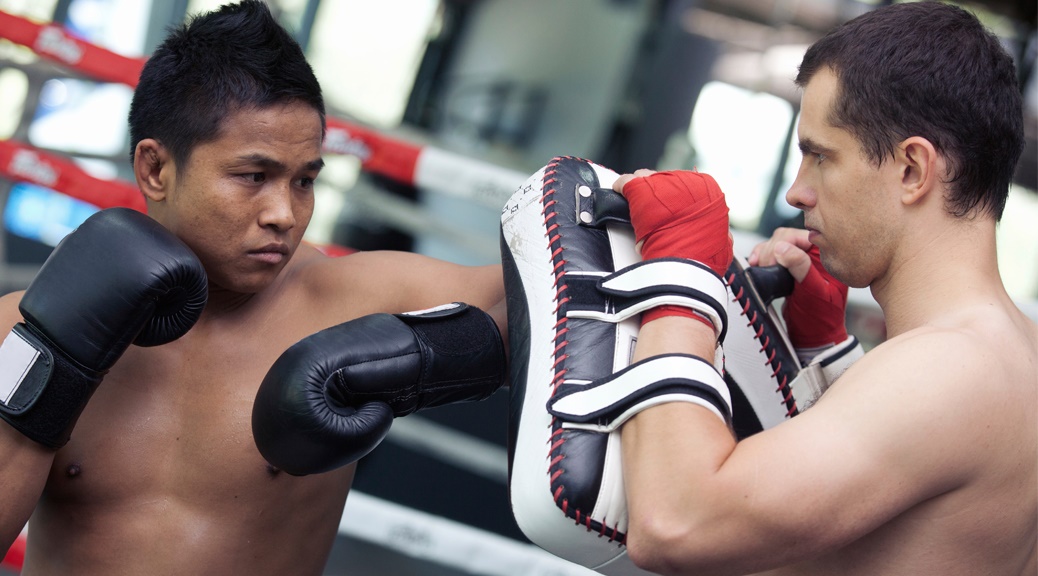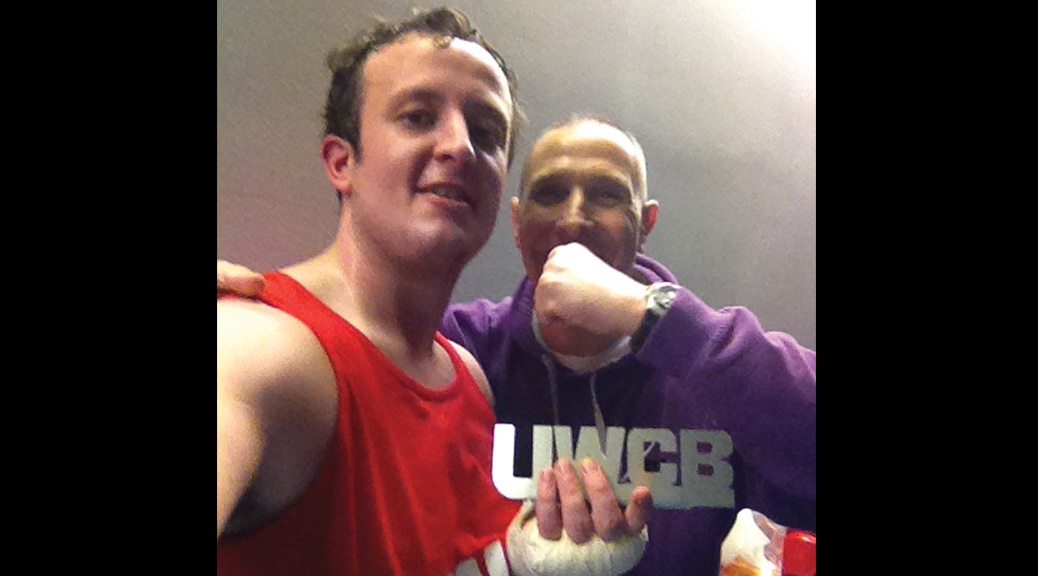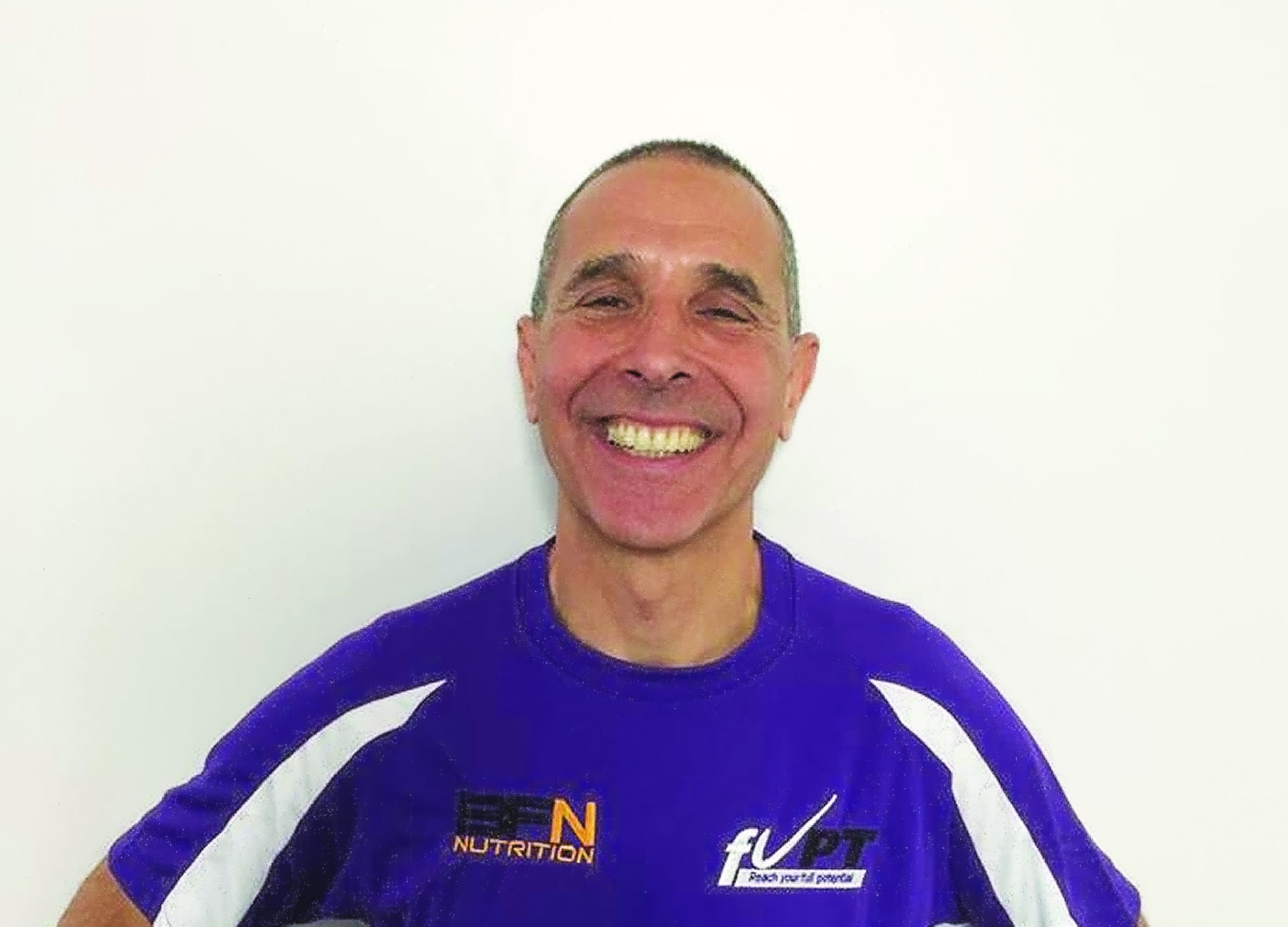Top Image: iStockphoto.com
Every session with a client needs to be structured to their individual needs and goals. However, there may be elements of this sample training session by Charlie Quinn that can be incorporated into your session preparations.
Client goals
Kyle’s main goal was to get his body ready to compete in a charity boxing event. Having never taken part in the sport before, he was essentially going from zero to boxer in the space of two months. I tailored Kyle’s programme over the course of eight weeks, once per week, to be based on cardio and function training, so that he could endure the boxing match and be able to cope with the effort required.
Considerations
Kyle works in sales and marketing for a business landscaping company but, despite his day job, as the weeks grew, so did his effort levels, and his recovery times from the circuits greatly reduced, so that he maintained a constant higher energy output for longer. As the competition loomed, the training intensified to allow for greater cardio, working mainly on local muscular endurance and, ultimately, speed bag work, which is a staple in the workout of every boxer to develop punching technique and other attributes, such as hand speed, hand-eye co-ordination, timing and shoulder endurance.
Improving endurance and stamina was the main consideration for Kyle. We kept high-impact training to a minimum and made sure he could ‘go the distance’ in his first ever boxing match. We always avoided exercising until failure. With new clients, I see how they deal with a 1.5-mile run and we have incredible equipment at Ponds Forge, Sheffield, such as the new function zone. This includes an escape frame, which includes battle ropes, a rope pulley, monkey bars and a sled push area. This is on top of the top-of-the-range treadmills, cross trainers, bikes and an Olympic weights area. We’d also have a weigh-in. I would liken what I did with Kyle to military-style fitness tests, which is what I was used to when I was operating at a very high level of fitness.
Kyle drew his first fight: a great result. Although his opponent had fought before, Kyle gave a good account of himself and worked hard. Kyle had got the bug, however, and managed to get another fight scheduled. We have intensified his routines, making him work even harder than before. Nutrition was a key part of Kyle’s workout, too. I needed to make sure he was taking in the right amount of carbohydrates – something I always kept an eye on when I was in the armed forces.
Rationale
Normally, we work through a HIIT-type circuit to simulate what he would endure during a boxing match. TRX suspension training was born in the Navy SEALs and develops strength, balance, flexibility and core stability – all crucial traits for boxers of any level. Starting with all the bodyweight exercises to give the main muscle groups a full workout, the HIIT circuit lasts 40 minutes. We go through a push/pull weight training programme, training the pectoral, latissimus dorsi, triceps and biceps muscle groups in a single weight-training session.
Session in brief
1. Basic warm-up. Five minutes on the rowing machine at two minutes, 40 seconds per 500m to get the heart rate going, as Kyle’s programme features a lot of cardio work.
2. Dynamic stretching to warm up all the major muscle groups and joints that we use during the session – pectoral, latissimus dorsi, triceps and biceps.
3. HIIT-type circuit, lasting 40 minutes. This includes all bodyweight exercises using TRX to include plyo jumps, using pull-push movements. For pulling, we return to the rower and, for pushing, we generally use the chest press. We then go through the legs too, doing exercises such as squats.
4. Additional bodyweight strength and resistance training with TRX suspension straps, and cardio either on the treadmill, bike or rower. We also do a lot of work on body function. Ponds Forge has features such as escape training in what we call ‘the octagon’ – this is essentially a frame that allows you to deliver accelerated results to clients using short, fast, effective, whole-body 360° workouts. It’s like a personal trainer’s paradise and offers so much more than just weights and cardio like conventional gyms. Function and cross training, I believe, is the future. We use the sled pull, pull ropes and battle ropes, which work well for Kyle’s needs.
5. As opposed to doing a certain amount of reps or sets, I get him working out for different lengths of time and aim to improve within those times, so he does as many reps as he can of each exercise in 30 seconds. This is normally around three sets of 12 reps for each and Kyle progresses gradually each session.
6. We then finish with a traditional cool-down and stretches as normal, stretching all major muscle groups – quads, hamstrings, calves, back, chest and shoulders.
This article first featured in Fitpro magazine, summer 2016. Don’t miss the autumn edition of Fitpro, out on 1 September and free to all members!
About the author
Charlie Quinn served as an RAF physical training instructor and was a parachute jumping instructor for 22 years. He played squash at elite level, coached squash at advanced level and has been a triathlete. He specialises in functional bodyweight, circuits, boot camps and Boxercise.









